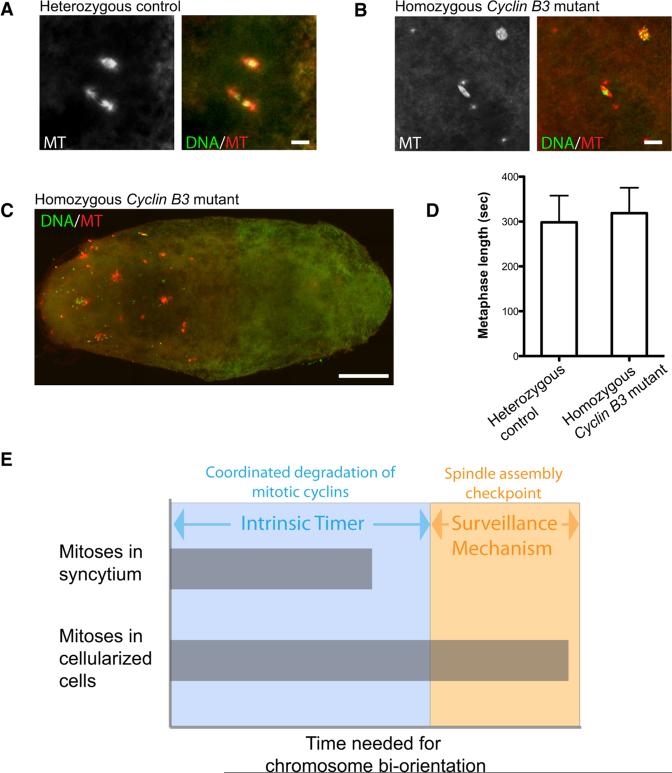Figure 4. Developmental Regulation of Cyclin B3's Activity in Promoting Anaphase Onset.
(A and B) Representative images of young embryos from heterozygous and homozygous Cyclin B3 mutant females. Scale bar, 5 mμ.
(C) An image of an older embryo from homozygous Cyclin B3 mutant females. Microtubules are shown in red and DNA in green. Scale bar, 100 mμ.
(D) No significant metaphase delay was observed in neuroblast cells from Cyclin B3 null third-instar larvae (unpaired t test, p = 0.3954). Error bars represent the SD.
(E) Metaphase-anaphase transition is timed by a cyclin-based intrinsic timer and a backup checkpoint. Since there is an intrinsic timer that paces the progress of mitotic events, a safety mechanism that stalls progress in response to improperly aligned chromosomes is of no consequence if alignment is achieved before the intrinsic timer has lapsed. However, fluctuations in the time required for alignment or of the pace of the intrinsic timer might occur as a result of environmental stress or as part of normal development. As soon as the intrinsic timer fails to accommodate chromosome alignment, the checkpoint will automatically take over regulation without requiring a significant change in regulatory arrangement.

